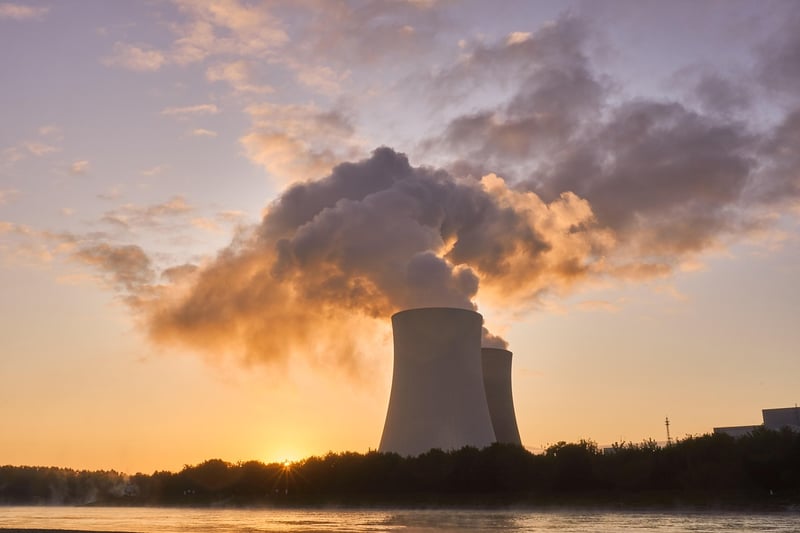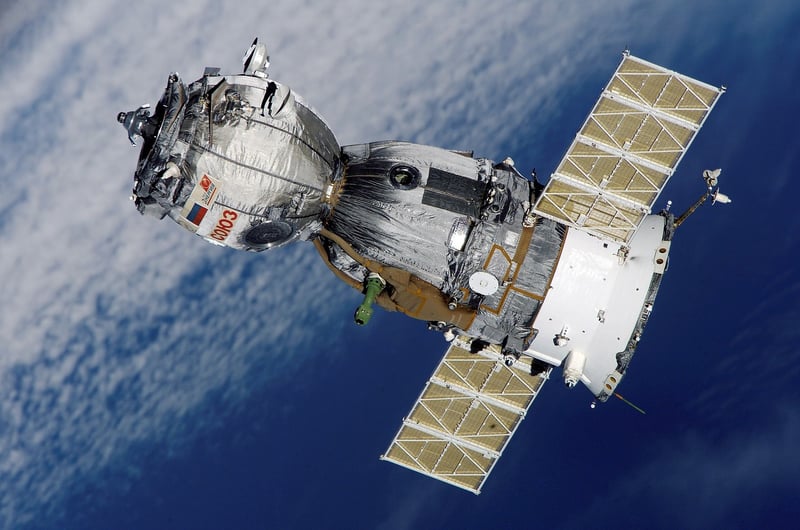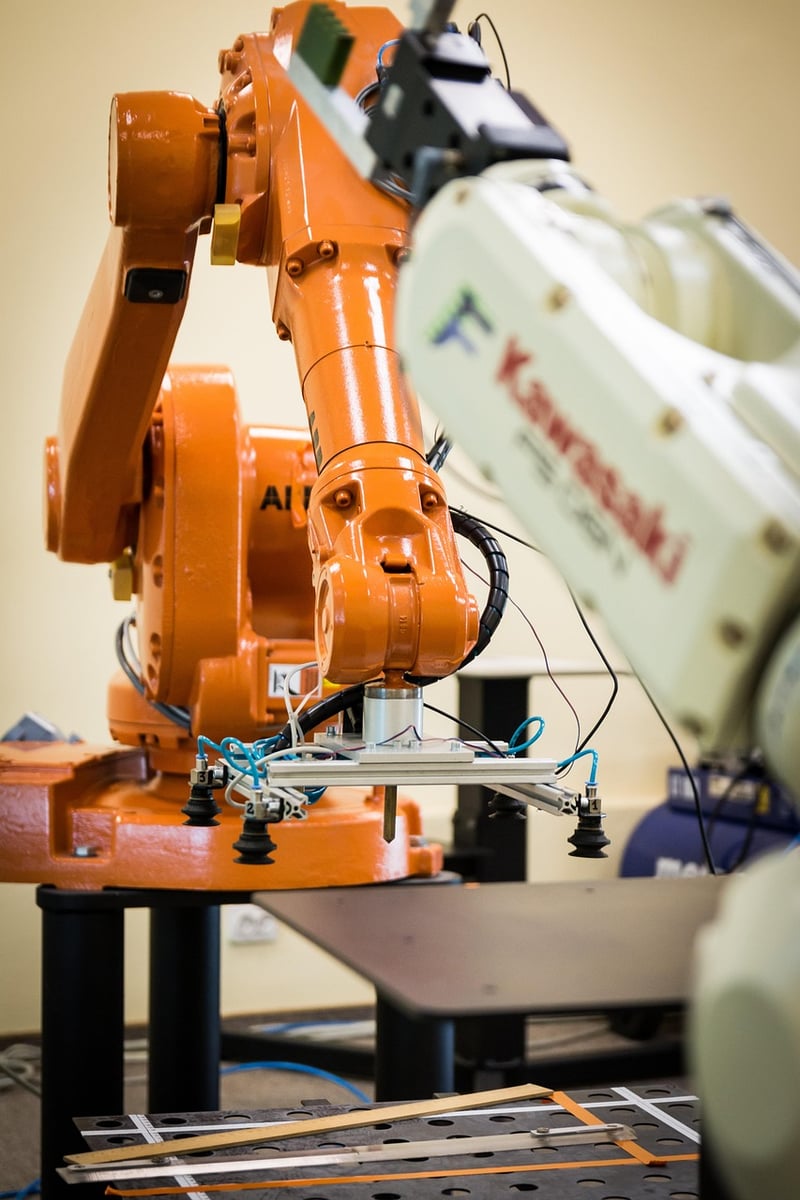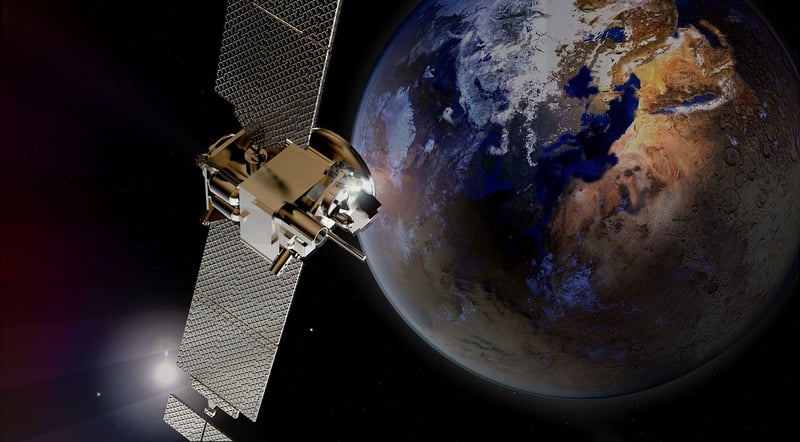Interstellar probes
The Future of Space Exploration: Technologies for Deep Space and Interstellar Probes
Space exploration has always been a fascinating endeavor for humankind, and with advancing technologies, the possibilities seem endless. The quest to explore deep space and send probes to interstellar destinations has captured the imagination of scientists, engineers, and enthusiasts alike. Let's delve into the cutting-edge technologies that are shaping the future of space exploration.
1. Ion Propulsion Systems
Ion propulsion systems are revolutionizing space travel by providing efficient thrust over long durations. These systems use ionized particles as propellant, allowing spacecraft to reach higher speeds and travel vast distances with significantly less fuel compared to traditional chemical propulsion systems.

2. Advanced AI and Autonomous Systems
Artificial Intelligence (AI) and autonomous systems play a crucial role in the success of deep space missions. From autonomous navigation to decision-making processes, AI enables spacecraft to operate independently, make real-time adjustments, and respond to unforeseen obstacles during long journeys through space.

3. Nuclear Power Sources
Nuclear power sources, such as Radioisotope Thermoelectric Generators (RTGs), provide a reliable and long-lasting energy solution for spacecraft operating in deep space where solar power is limited. These compact nuclear reactors convert heat from radioactive decay into electricity, enabling missions to last for years or even decades.

4. Laser Communications
Laser communication systems offer high-speed data transmission between Earth and spacecraft, allowing for faster and more efficient exchange of information. Compared to traditional radio frequency systems, laser communications enable higher data rates, lower signal degradation, and reduced power consumption.

5. Robotic Exploration and Sample Return Missions
Robotic exploration missions, equipped with advanced robotic arms and sampling tools, are paving the way for sample return missions from celestial bodies like asteroids and moons. These missions provide valuable insights into the composition and history of these extraterrestrial objects without the need for human presence.

As we look towards the future of space exploration, these cutting-edge technologies are poised to unlock new frontiers and expand our understanding of the universe. With each mission, we inch closer to the possibility of sending interstellar probes to explore distant star systems and unravel the mysteries of the cosmos.
Excited about the future of space exploration? Stay tuned for more updates on the latest advancements in deep space technologies.
